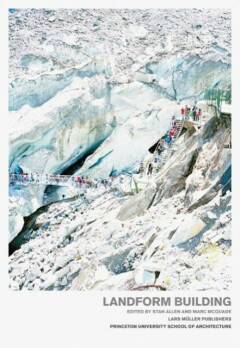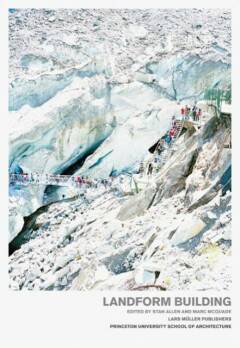
- Afhalen na 1 uur in een winkel met voorraad
- Gratis thuislevering in België vanaf € 30
- Ruim aanbod met 7 miljoen producten
- Afhalen na 1 uur in een winkel met voorraad
- Gratis thuislevering in België vanaf € 30
- Ruim aanbod met 7 miljoen producten
LANDFORM BUILDING, ARCHITECTURE's NEW TERRAIN
Architecture's New Terrain
Stan Allen, Marc McQuade, Kenneth Frampton
€ 62,50
+ 125 punten
Omschrijving
Green roofs, artificial mountains and geological forms; buildings you walk on or over; networks of ramps and warped surfaces; buildings that carve into the ground or landscapes lifted high into the air: all these are commonplace in architecture today. New technologies, new design techniques and a demand for enhanced environmental performance have provoked a re-thinking of architecture's traditional relationship to the ground. The book Landform Building sets out to examine the many manifestations of landscape and ecology in contemporary architectural practice: not as a cross-disciplinary phenomenon (architects working in the landscape) but as new design techniques, new formal strategies and technical problems within architecture.
Specificaties
Betrokkenen
- Auteur(s):
- Uitgeverij:
Inhoud
- Aantal bladzijden:
- 480
- Taal:
- Engels
Eigenschappen
- Productcode (EAN):
- 9783037782231
- Verschijningsdatum:
- 14/11/2011
- Afmetingen:
- 165 mm x 250 mm
- Gewicht:
- 1550 g

Alleen bij Standaard Boekhandel
+ 125 punten op je klantenkaart van Standaard Boekhandel
Beoordelingen
We publiceren alleen reviews die voldoen aan de voorwaarden voor reviews. Bekijk onze voorwaarden voor reviews.










